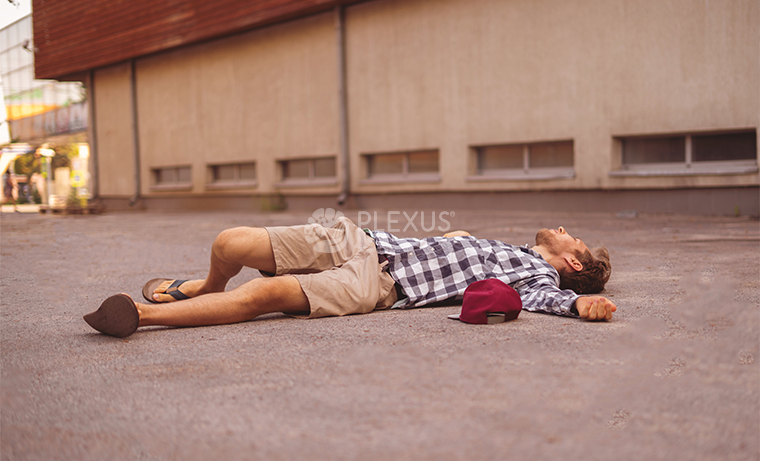
Mr. D, a 30 year old, businessman from Hyderabad came to us on a wheelchair as he was suffering from Spinocerebellar Ataxia from a period of 5 years. Due to severe incoordination, his gait was impaired which was also affected by the added effect of obesity. The major complaint was inability to walk and severe difficulty in doing daily life tasks. On a thorough assessment it was found that he had a broad based (ataxic) gait, the strength of his thigh and leg muscles had reduced, there were tremors in his hands while performing any activity, his hand writing had become illegible due to incoordination and daily routine activities had become impossible to perform mainly due to incoordination. He couldn’t eat independently, button his shirt, brush his teeth or go for a walk. His speech had become hoarse and incoherent and he had difficulty in breathing.
Mr. D underwent a customized Regenerative Rehabilitation program which comprised of Regenerative medicine or Cell therapy along with Rehabilitation that focused on improving his daily routine tasks. The physiotherapy team set goals to improve his strength, endurance and gait while the occupational therapy treatment focused on improving his bed mobility, indoor mobility, hand functions and activities of daily living. For improving his speech and breathing functions, the speech therapist formulated a plan to improve the strength and coordination of his oral muscles, breath pressure and breathing capacity.
Towards the completion of the treatment program, he started walking independently, he was able to perform his daily activities with a greater ease, his speech and swallowing functions improved to a great extent and he also lost significant amount of weight which also boosted his activity performance. His could walk with a narrow and more “normal” base of support, he started going to his workplace and his overall community mobility improved. He was able to enjoy his favourite meal without embarrassing himself with spillage, he could walk without being called a “drunkard” as his gait was no more a “dunken gait” and he could wear his favourite pair to shoes to work. Towards the time of discharge, Mr. D was trained to carry out the exercises and activities taught during the program, all by himself at home. In order to maintain his functioning it was important for him to continue the exercises and keep an eye on his weight.










